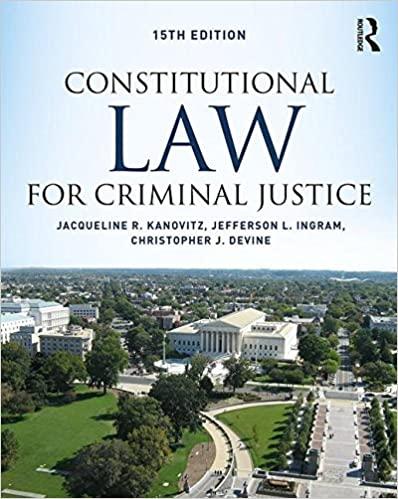Question
8. Plaintiff leased commercial space from Defendant for a florist shop. After the lease was signed, Plaintiff learned that the county code allowed only one
8. Plaintiff leased commercial space from Defendant for a florist shop. After the lease was signed, Plaintiff learned that the county code allowed only one freestanding sign on the property, and one was already up, advertising Defendant's business. Plaintiff claimed Defendant breached the lease by not providing them space for a sign; Defendant pointed to the lease, paragraph 16 of which provided that "Tenant shall not erect or install any sign...without written consent of the Landlord." But Plaintiff claimed Defendant said during negotiations he could have a sign, evidence Defendant objected to based on the parol evidence rule. Defendant admitted that during negotiations he told Plaintiff that despite paragraph 16, he could have a sign (but not freestanding); that despite language in the lease requiring renovation plans to be in writing, they did not have to be. Defendant also testified that the written form lease he used was not drafted specifically for this property, and that although the lease required attachments of exhibits, there were no attachments. Is Plaintiff barred by the parol evidence rule from showing that Defendant said he could have a freestanding sign?
Step by Step Solution
There are 3 Steps involved in it
Step: 1

Get Instant Access to Expert-Tailored Solutions
See step-by-step solutions with expert insights and AI powered tools for academic success
Step: 2

Step: 3

Ace Your Homework with AI
Get the answers you need in no time with our AI-driven, step-by-step assistance
Get Started


